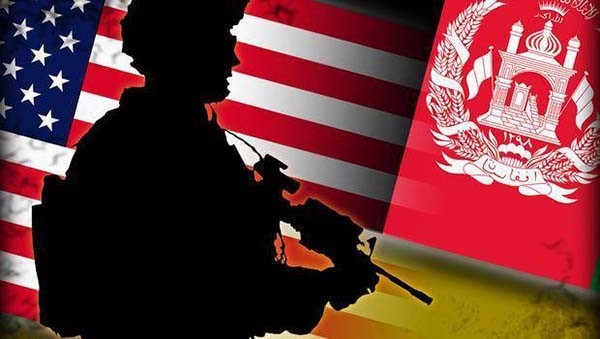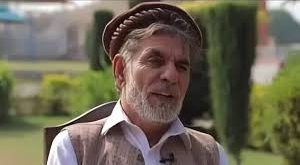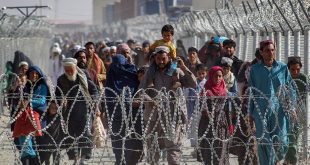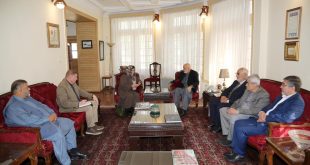Afghanistan was used by regional and global powers as a strategic chessboard for centuries. May be Afghans were killed and their homes were plundered and destroyed time since immemorial as there is no written history about the past. Afghanistan remained at center of the great games played by the powerful players. These strategic games were played the cost of Afghan people lives. The wars left only ruins to Afghans. The nation has braved many threats and faced powerful enemies but the modern strategic game is beyond comprehension and calculation. It is one-to-many war. In the current war which is evolving rapidly should be analyzed from different angles by the Afghan policymakers to succeed.
Old formulas seldom work. There is need for change in the policies because the enemies are many. Some of them are yet to be recognized. We have not even prepared for the present day geo-strategic environment, let alone the next five years and coming decade. The reason behind this is the inability of our leaders in the past decades to establish a special body to analyze the security and political situation in the region and prepare short, medium and long term plans. The policy is controlled by a few people till day. Another problem is the formulation of security strategies in short period of time and according to the day to day happenings. That’s why the game is played on the rules of the enemies.
The Taliban’s recent strategic moves expose the government strategies which are full of loopholes. The insurgents are moving rapidly from one district and province to another to engage security forces on multiple fronts. Through such tactics the Taliban want to show presence in most parts of the country and divert attention of the security policymakers from important districts. Once the focus is turned, the militant group captures the targeted district. The gains are short-term but it created severe and several challenges. The militants want to have leverage. They are quick in filling the leadership vacuum and overcoming the differences. After killing of Mullah Mansoor in a US drone strike in Balochistan, the Taliban were quick to contact the dissident members and bring them back under a single roof.
Unfortunately, the National Unity Government (NUG) leaders have failed to iron out their differences. The power struggle in Kabul has put the country into a very difficult situation. The number of anti-state elements is on the rise while the top leaders are busy in political point scoring. The country direly needs a united and wise leadership. Therefore, the leaders shall overcome the difference to play the ongoing strategic game while keeping finger on the pulse of the Taliban’s tactics. The strategy shall be devised in respond to the Taliban’s designs.
Increasing the number of vigilantes to trace and capture militants will help a lot to improve the security situation. Moreover, there is need for a command structure to lead multiple operations in one time. Currently, the top generals move from one province to another to lead the war. If there was a command structure, the battle could have been managed from Kabul or any other city without wasting time and relocating the resources to another insecure area.
 Afghanistan Times
Afghanistan Times




